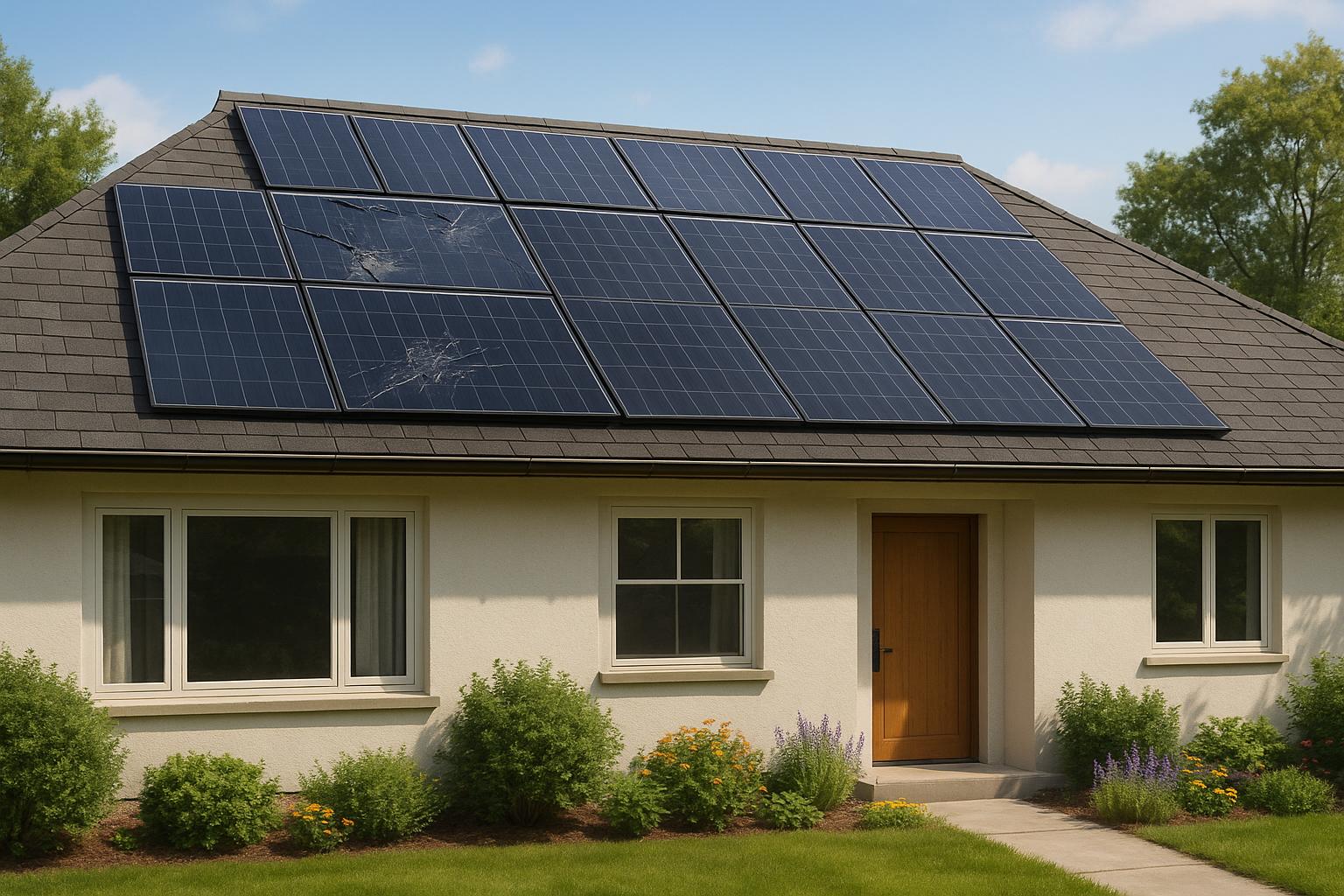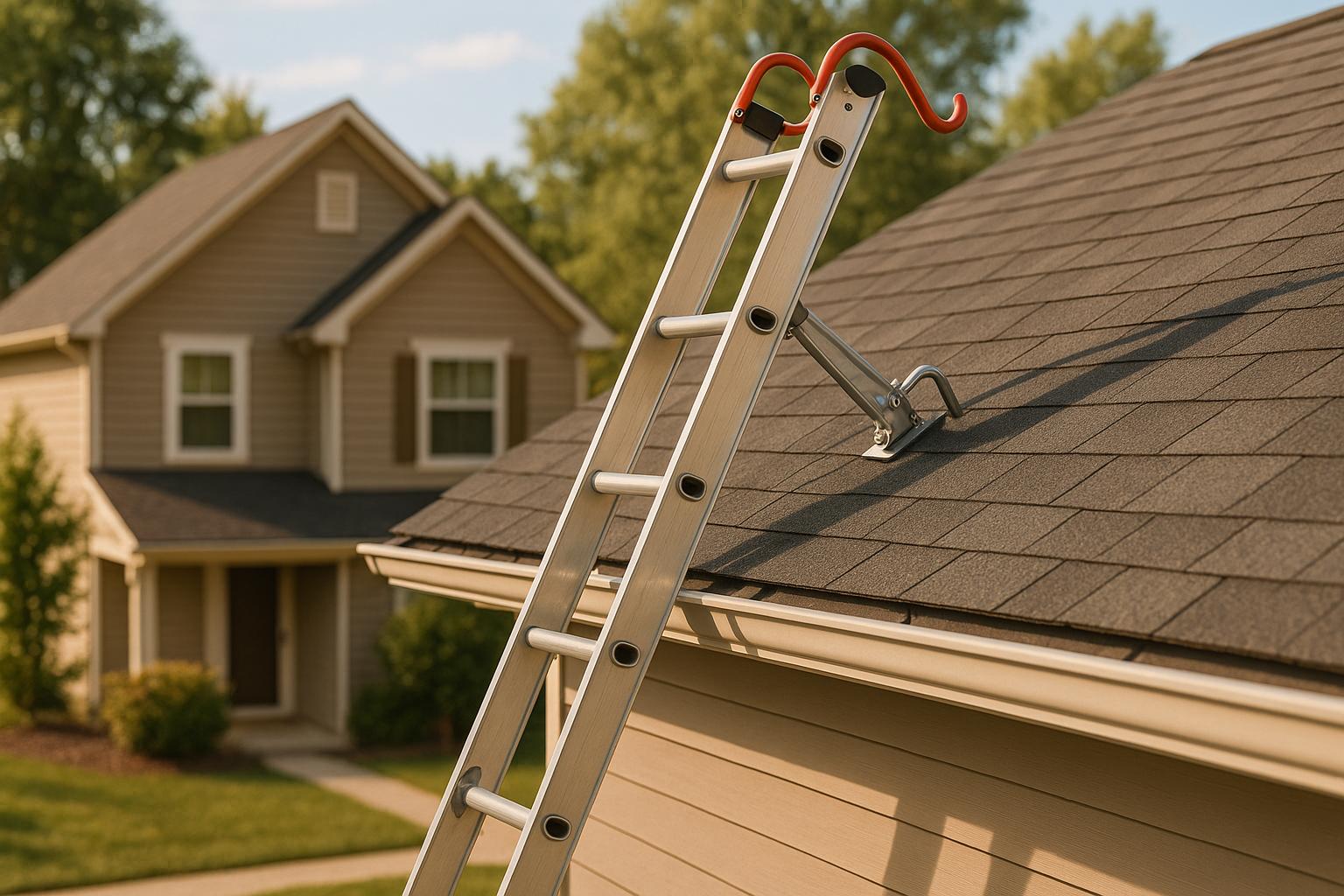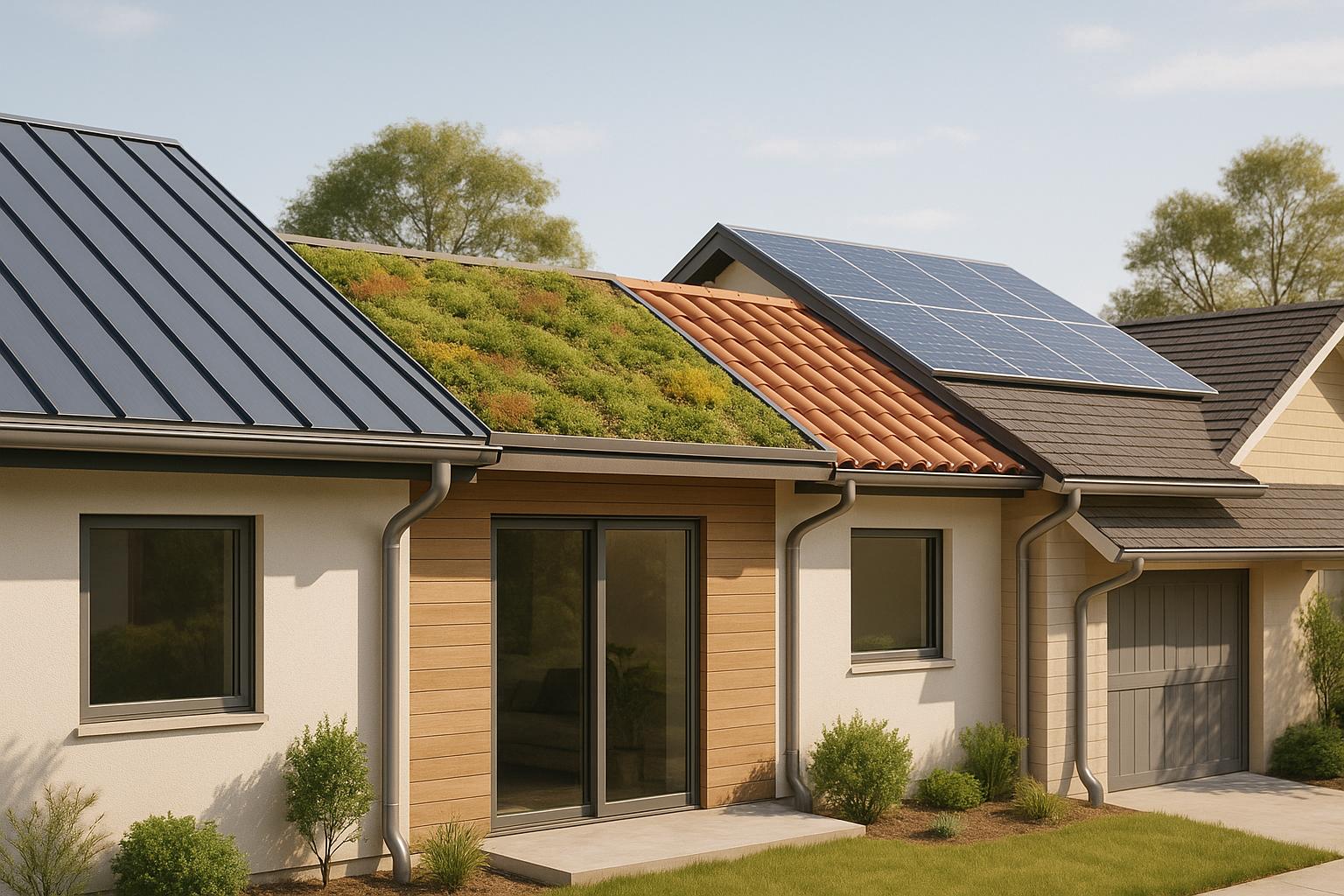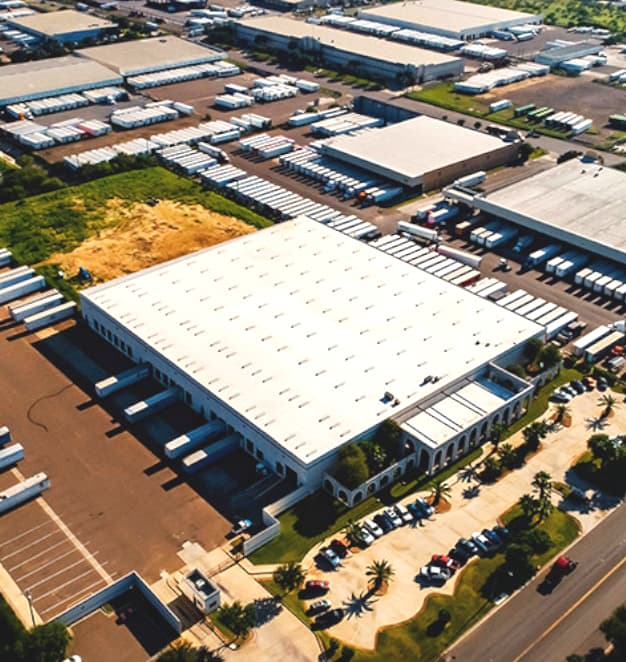If you own property in Los Angeles, upgrading to an energy-efficient roof can save you money and reduce energy costs. Here’s what you need to know:
- Federal Tax Credits: Claim 30% of qualifying roofing costs with the Energy Efficient Home Improvement Credit.
- LADWP Rebates: Get cash back for installing cool roof materials that meet Los Angeles’ solar reflectance standards.
- Energy Savings: Cut cooling costs by 10–20% annually, especially during LA’s hot summers.
- Solar Incentives: Combine roofing upgrades with solar panels for additional federal tax credits and long-term savings.
To qualify, use ENERGY STAR or CRRC-certified materials, keep detailed records, and submit the necessary forms (IRS Form 5695 for federal credits and LADWP applications for local rebates). Start saving today with energy-efficient roofing!
3 Ways To Get Cool Roof Rebates in Los Angeles
Federal Tax Credits for Energy-Efficient Roofs
If you’re a homeowner in LA looking to install an energy-efficient roof, the Energy Efficient Home Improvement Credit can help you save. This credit covers 30% of qualifying roofing costs, provided you follow IRS-approved guidelines.
Eligible Roofing Materials and Systems
To qualify for the tax credit, your roofing materials must meet specific energy efficiency standards. Some of the eligible options include:
- ENERGY STAR-certified metal roofing, designed to reflect more sunlight and reduce heat absorption.
- Asphalt shingles with energy-saving features, such as cooling granules that help lower roof temperatures.
- Reflective roofing systems, which use coatings to minimize heat buildup.
- Solar-integrated tiles, combining traditional roofing with photovoltaic elements to generate electricity.
Make sure to secure a Manufacturer’s Certification Statement to confirm the efficiency of your chosen materials. This document is essential for verifying eligibility when filing for the tax credit.
Documentation and Claiming Your Credit
To claim your credit, you’ll need to file IRS Form 5695 along with supporting documents, such as:
- The Manufacturer’s Certification Statement, proving the materials meet energy efficiency standards.
- Receipts or invoices for both materials and installation costs.
- Any additional documentation that confirms the products used are eligible.
Keeping all your records organized is crucial. If the IRS requests further details about your energy-efficient roofing project, having everything in order will make the process much smoother.
Los Angeles Tax Incentives and Rebates
In addition to federal credits, homeowners in Los Angeles can benefit from local programs designed to encourage energy-efficient roofing. The Los Angeles Department of Water and Power (LADWP) offers rebates for installing approved cool roof materials that help lower energy use and reduce urban heat.
LADWP Cool Roof Rebates
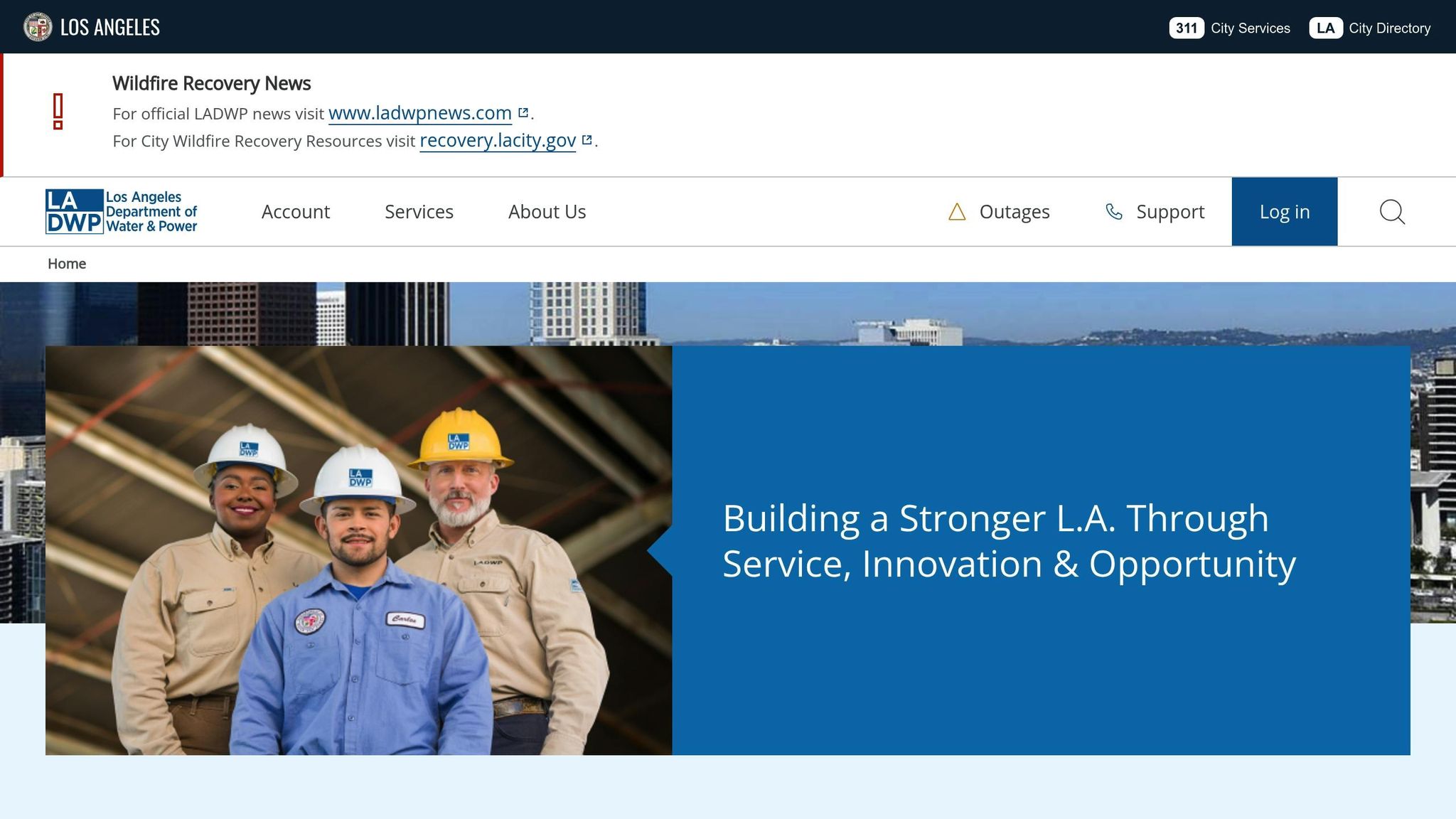
The LADWP Cool Roof Rebate Program provides financial incentives to both residential and commercial property owners who install eligible cool roofing materials. The rebate amount depends on factors like the material’s solar reflectance, the size of the project, and specific installation details. To qualify, installations must be completed by licensed contractors, and applications need to be submitted promptly after the work is done. It’s also important to check local ordinances to ensure full compliance and eligibility for these rebates.
LA Cool Roof Requirements
Under Los Angeles’ Cool Roof Ordinance, certain roofing materials must meet specific solar reflectance standards. These rules apply to new construction, significant roof replacements, and major renovations. Property owners are required to use materials certified by the Cool Roof Rating Council (CRRC) to meet these standards. Adhering to these requirements not only qualifies homeowners for local rebates but also helps reduce energy consumption and contributes to a cooler city environment.
For guidance on selecting materials and ensuring compliance, homeowners can reach out to local experts like Prime American Roofing (https://primeamericanroofing.com).
sbb-itb-d1d6490
How to Claim Your Tax Credits and Rebates
Verify Material Eligibility
Start by confirming that your roofing materials qualify for the tax credits or rebates. For federal tax credits, check if your materials are ENERGY STAR certified by visiting the certified products directory on energystar.gov.
If you’re applying for Los Angeles rebates, ensure your materials have CRRC certification. You can verify this through the Rated Products Directory. Once you’ve confirmed eligibility, it’s time to gather the necessary paperwork.
Collect the Required Documents
Here’s what you’ll need to prepare:
- Manufacturer’s Certification Statement and an itemized receipt detailing both the material and installation costs.
- CRRC Certification Documentation for Los Angeles-specific rebates.
- Contractor’s license and certification information to verify proper installation.
- Proof of property ownership and the property address.
Having these documents ready will make the filing process smoother.
Submit Your Claims
For federal tax credits, complete IRS Form 5695 (Residential Energy Credits) and file it along with your taxes by the annual deadline, typically April 15.
For LADWP rebates, you’ll need to fill out their application, available online or by contacting their office. Be prepared to submit:
- Contractor invoices
- CRRC certification documentation
- Photos of the completed installation
- Proof of property ownership
If you’re unsure about any steps, Prime American Roofing can help you organize the required documents and confirm that your installation meets the criteria for both federal and local incentives.
Cost Savings and Benefits
By combining solar installations with energy-efficient roofing, homeowners can unlock even more savings through various credits and rebates.
Solar Panel Tax Credits
The federal Residential Clean Energy Credit allows homeowners to claim a 30% tax credit on solar panel installations through 2032, with no cap. This applies to both standard solar panels and solar roofing tiles that double as part of the roof structure. For instance, if your solar project costs $20,000, you could receive a $6,000 federal credit. Add in up to $3,200 from the Energy Efficient Home Improvement Credit, and your first-year savings become even more impactful. These credits stack with prior incentives, making solar upgrades a smart investment.
Energy Cost Savings in LA
In Los Angeles, installing energy-efficient roofing systems can significantly cut energy bills. Cool roofs, for example, reduce cooling costs by 10–20% annually, helping to lower overall utility expenses. When paired with solar panels, the savings grow even more. Plus, these upgrades often boost property values – homes with energy-efficient and solar features tend to sell at a premium.
Here’s a breakdown of potential benefits:
| Improvement Type | Average Annual Savings | Additional Benefits |
|---|---|---|
| Cool Roof Only | 10–20% reduction in cooling costs | Longer roof lifespan; mitigates urban heat effects |
| Cool Roof + Solar | Significant reduction in electricity bills | Greater energy efficiency; higher property value |
| Combined Incentives | Up to $3,200 federal credit plus 30% solar credit | LADWP rebates may also apply |
Prime American Roofing simplifies the process of maximizing these savings. Their team ensures you select materials that qualify for federal and local incentives, designs roofs optimized for solar panels, handles all documentation for tax credit and rebate claims, and recommends the best cost-saving upgrades tailored to your property.
To make the most of these opportunities, consider spreading improvements across multiple tax years. The Energy Efficient Home Improvement Credit has no lifetime cap, offering flexibility for long-term planning.
Summary
Upgrading to energy-efficient roofing in Los Angeles can save you money through federal tax credits and local rebate programs. Here’s how to make the most of these opportunities:
- Check Material Requirements: Ensure your roofing materials meet both federal and local standards. Reach out to Prime American Roofing for help verifying compliance.
- Keep Detailed Records: Save receipts, product specifications, and installation details in an organized manner.
- Submit Applications on Time: Complete federal tax forms and local rebate applications promptly, following all instructions carefully.
FAQs
How can I ensure my roofing materials qualify for federal tax credits and LADWP rebates in Los Angeles?
To make sure your roofing materials qualify for federal tax credits and LADWP (Los Angeles Department of Water and Power) rebates, here’s what you need to do:
- Pick the right materials: Confirm that the roofing materials meet energy efficiency standards set by the federal government and LADWP. Look for products with the ENERGY STAR® label or those specifically marked as energy-efficient.
- Hire a knowledgeable contractor: Work with a licensed roofing contractor who understands local rebate programs and federal tax credit rules. Companies like Prime American Roofing can help you navigate the process and suggest materials that qualify.
- Keep all paperwork: Hold onto receipts, invoices, and product certifications. These documents are essential for claiming tax credits and applying for rebates.
- Pay attention to deadlines: Both federal tax credits and LADWP rebates come with specific deadlines and requirements. Review the guidelines carefully to ensure you don’t miss out.
Following these steps can help you save money while upgrading to an energy-efficient roofing system in Los Angeles.
How can energy-efficient roofing systems increase the value of my property in Los Angeles?
Upgrading to an energy-efficient roofing system can do wonders for your property’s value in Los Angeles. These roofs are designed to lower energy costs by improving insulation and reflecting heat, which is a big win for your wallet. Plus, they attract eco-conscious buyers who are on the lookout for sustainable features. In a city like Los Angeles, where California’s energy efficiency standards are a priority, having an energy-efficient roof can make your property stand out in the real estate market.
On top of that, switching to an energy-efficient roof might make you eligible for federal tax credits, adding even more financial perks. These roofs are built to last, requiring less maintenance over time, which makes them a smart, long-term investment for both current homeowners and future buyers.
Can I claim both the Energy Efficient Home Improvement Credit and the Residential Clean Energy Credit if I install a cool roof and solar panels together?
Yes, it’s possible to claim both the Energy Efficient Home Improvement Credit and the Residential Clean Energy Credit, but it all comes down to the specifics of your project and the eligibility criteria for each credit. The Energy Efficient Home Improvement Credit generally applies to upgrades that improve energy efficiency, like installing cool roofs. On the other hand, the Residential Clean Energy Credit is aimed at renewable energy systems, such as solar panel installations.
To make sure you’re getting the most out of these tax benefits, it’s a good idea to consult a tax professional or carefully review the IRS guidelines for both credits. Be sure to keep detailed records of your installation costs and any certifications provided by your contractor – whether it’s for roofing or solar – such as those from Prime American Roofing. This will help simplify the process when it’s time to claim your credits.


